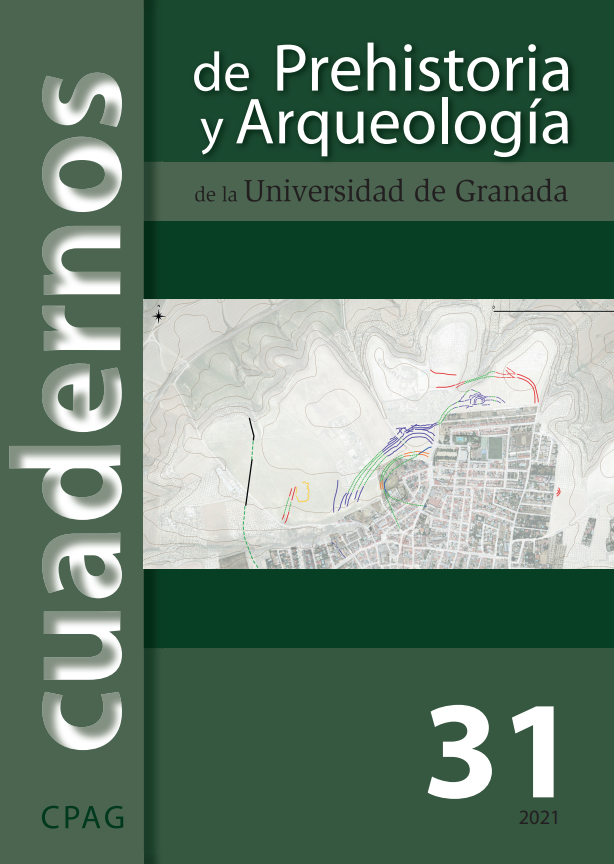MOBILITY OF THARRENSIAN LANDSCAPES. THE IRON AGE IN THE GULF OF ORISTANO AREA (SARDINIA)
Main Article Content
Abstract
The Tharros area is an ideal place to study the evolution of landscapes through the ages, due to the intensity of the occupation, the quality of the available data and the variety of past and present research. In this text we want to give an account of a personal journey of “landscape archaeology” in which the evolution of social and cultural factors as producers of landscapes are located at the centre of the discussion. Tharros landscapes are characterised by a strong mobility and change that span from the Late Bronze Age to the Second Iron Age, following different trajectories in the different periods, and not reduced to a linear evolution. The elements of crisis / change provide us with useful clues to hypothesise how an urban process of “Nuragic” type, that began around the Final Bronze Age / Early Iron Age cannot find a linear exit, but was subject to forms of internal tension in the passage between the 8th and 7th centuries BC that eventually undermined its compactness and led to the formation of a city of “Phoenician” type in the late 7th century BC, following contact with the eastern components that arrived on Sardinia.



